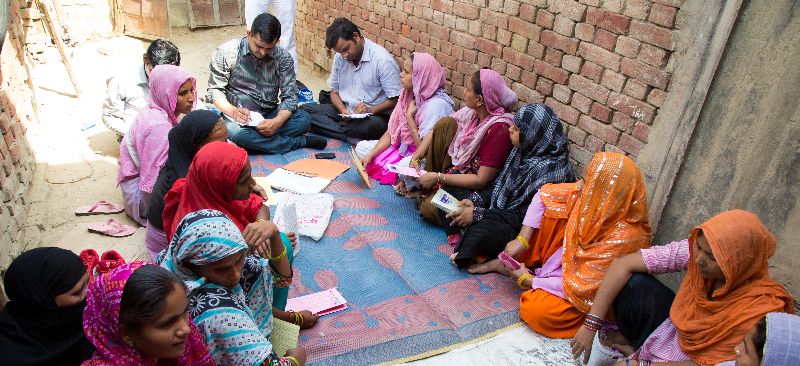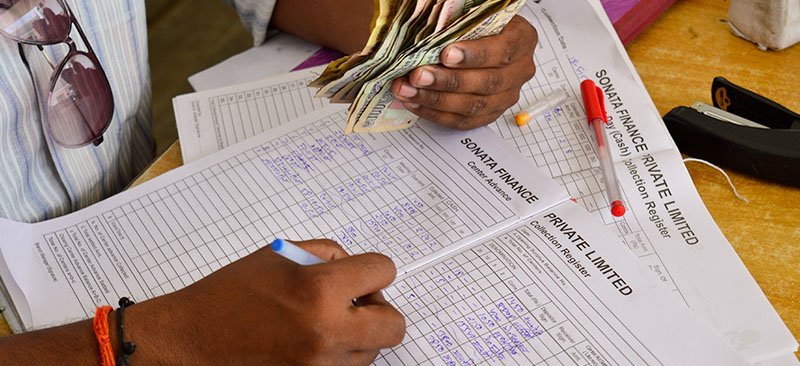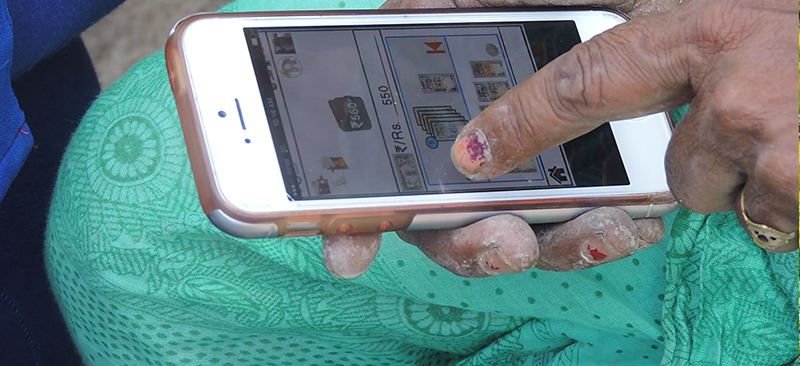In this video Marguerite Robinson Independent Consultant discusses the success stories of branchless banking and the major obstacles faced while establishing such business model. Marguerite further elaborates the regulators’ understanding of branchless banking and their role in facilitating the roll out of branchless banking solutions. Correspondingly, Marguerite acknowledges the contribution of CGAP towards the expansion of branchless banking and in making it a sustainable business model.
Blog
BRI Why It Became a leader
In this video Marguerite Robinson Independent Consultant discusses the success story of Bank Rakyat Indonesia (BRI) wherein savings products were developed for low-income families of Jakarta. Sharing her experiences of Indonesia, Marguerite tells us the initial problems they faced in Indonesia. She talks about the findings of the research conducted among low income group in rural and urban area and how it led to development of savings products for low income groups. The success of the first pilot project led to many other projects. Ultimately, the blueprint was replicated across the country. She further explains how BRI managed to sail smoothly during the financial crisis.
Alternative Financing for Indian MFIs
Unlike traditional methods of funding (debt and equity), MFIs can use alternative financing measures that are not reflected on their balance sheets, and are thus referred to as “Off-Balance Sheet Financing” (OBSF). Portfolio buy-out, the ‘partnership model’ and securitisation are some examples of OBSF. Though not evident in the financial statements, these unaccounted assets and liabilities have real cash-flow consequences. This Focus Note analyses different forms of alternative financing, their advantages, disadvantages and feasibility issues with regard to implementation for Indian MFIs.
Review of savings options for MFIs in India
This paper provides information on the savings products available in India and provides a review of the different options by comparative analysis and by listing out the pros and cons of each.
Orality and Microsavings
Because the services and operations of MFIs are alpha-numeric, they could have a significant impact on illiteracy and innumeracy, as well as strengthen their own control systems, simply by orienting their retail interfaces towards the needs of illiterate people. This Briefing Notes examines the challenges of retailing to illiterate people, and some of the opportunities ahead.
Equity Bank Secrets Of Success
In this video, Marguerite Robinson Independent Consultant, enlists the major reasons for success of Equity Bank in Kenya namely, strong strategic planning, vision, care and understanding of clients and careful recruitment of staff to deliver high quality service. Marguerite further explains the role of MSC in establishing Equity Bank. Marguerite praises James for his initial work towards understanding the problem of the clients. She says that the main reason behind Equity’s success is that they really care for their clients. In addition, Equity has continually worked with their staff to carry out the bank’s vision.


